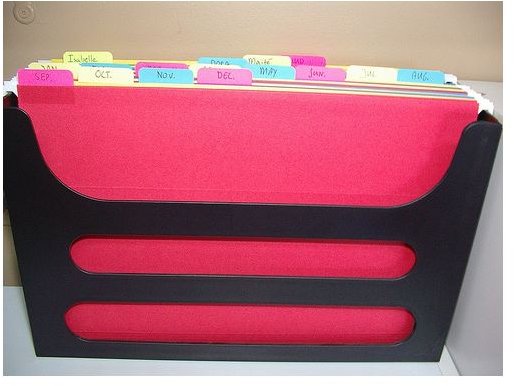What Receipts to Keep for Taxes? Tips to Organize Expense Receipts
The IRS allows taxpayers to deduct several expenses from their tax returns, which decreases the amount of income on which they are taxed. These expenses may be deducted the year they are paid, or they may be deducted at a certain point in the future. Keeping your expense receipts organized requires a basic understanding of the different expense types, so you know what receipts to keep for taxes and how long to keep them.
Deductible Expenses
You deduct most expenses on the tax return for the year you paid them. These expenses include medical and dental expenses, charitable contributions, education tuition and fees, student loan interest, non-reimbursed work-related expenses, personal property taxes, and miscellaneous deductions such as job search expenses or tax preparation fees.
Other expenses are not deducted, but are added to the cost basis of certain assets; the cost basis is used to offset any gains when you sell the assets. Stocks and mutual funds purchased in taxable investment accounts are taxable when sold; the cost basis includes the purchase price, previously taxed dividends and capital gains, and any fees associated with the purchase or sale of the asset. Similarly, the cost basis of your home includes the purchase price and any home improvements you have made.
Expense Receipt Organization
Methods for organizing receipts are as varied as the people who are organizing them. For some people, an Excel spreadsheet to track expenses, combined with scanned receipts stored as image files, is adequate. Others may prefer to keep paper receipts in an easy-to-reference filing system.
If you have a small to moderate number of expenses, consider using an envelope system to store and organize your receipts. Use one envelope per month, labeled with the month and year, and place receipts for all tax-related expenses in the envelope for the month you paid them. After you file your taxes for that year, store the envelopes with your other tax return paperwork. As an alternative to envelopes, use page protectors stored in a three-ring binder to keep expense receipts organized.
The tried-and-true file folder organizational system works well for tax expense receipts, too. You can use one folder per month if you don’t have many receipts to file. If you have a large number of receipts, sort your monthly receipts by type – medical, property, education, etc. – and store them in separate file folders. Create a hanging file for each month to hold the file folders. Regardless of which method you use to organize your expense receipts, keep separate sections for home expenses and investment expenses that you store separately from your yearly files.
How Long to Keep Expense Receipts
If you file your return accurately and on time, the IRS has three years in which to start an audit. If your return is significantly inaccurate, that interval extends to six years, and if you don’t file your return, the IRS can review your taxes for that year indefinitely. Accountants and tax preparers typically recommend keeping tax-related information, including expense receipts, for seven years after the due date of the return.
Keep receipts related to the cost basis of investments or personal property until you sell the assets, and then store them with your other tax records for that year. In 2010, the IRS instituted a rule that requires broker-dealers and other financial companies in the United States to include the cost basis on the 1099-B that reports the sale of investment assets. You should still keep a copy of your cost basis information, however, to ensure accuracy, especially information received during the first few years of the new rule.
The more organized you are with your expense receipts, the easier it will be to file a complete and accurate tax return, which will help you avoid penalties and fees. A good system of expense receipt organization reminds you of what receipts to keep for taxes and helps you find those receipts easily.
Photo by Ruud Hein / Flickr
Resource: Internal Revenue Service - https://www.irs.gov
